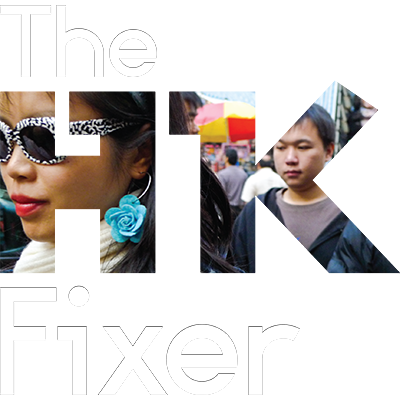How Can TV Formats Enhance Brand Power and Boost Audiences?
What is a TV format?
A TV format generally refers to the concept, shape, structure and branding of a show as opposed to its genre. Historically, format types remained fairly static, with little development or change. They were typically split into fiction such as movies, soaps, miniseries, dramas; and non-fiction like the news, sports, documentaries and game shows. They tended to be formulaic with viewers knowing what to expect. However, the last few decades have seen an explosion in the types of format available. With the digital revolution and the rise of streaming, this trend is likely to continue.
Recently, the upsurge in format types has been driven by game shows and reality TV shows, where the format can be copied and reproduced with local versions. For example, the quiz show Who Wants to Be a Millionaire has been bought as a format and recreated in 108 different territories. Competitions are incredibly popular, with American Idol seeing its format repeated in 42 territories with 3 billion votes being cast globally. Other big selling competition formats include Pop Idol, Big Brother, X-factor and Got Talent.
Reality TV is another booming area for format sales. Some, like Keeping Up with the Kardashians are hard to replicate, but others like The Bachelor and Survivor have gone global. By the end of the 90s, these types of non-scripted formats were immensely popular and still continue to grow.
Format replication can happen in other genres as well, such as comedy. The Office was originally a BBC mockumentary sitcom but got adapted to local versions in the US, Sweden, France, Germany, Canada and Chile. This format, with characters talking directly to the camera, essentially breaking the “fourth wall”, has since been seen in numerous other sitcoms.
The formats become a type of intellectual property, goods with monetary value, and are licensed by the TV networks and broadcasters. They are a major part of the television market globally. The popularity of formats stems from the fact that they have already proven popular, so are low risk and are generally easy to reproduce using local talents. Also, with the proliferation of cable TV channels and streaming, there is a desperate need for more content, and a lot of these popular formats are relatively cheap and easy to make.
These new formats can be hard to copyright, however, the sudden increase in their development is leading to new ways and methodologies being established to protect them. These include the use of trademarks and the formation of the ‘Format Recognition and Protection Association’. As the range of formats grow and the intended audiences grow more demanding, these measures will be crucial.
Now that the big streaming channels like Netflix and Amazon are developing and purchasing formats, the future looks to be increasingly diverse. While this can mean big-budget dramas such as Game of Thrones or The Mandalorian, it also provides funding for vast amounts of non-fiction content. Guy Bisson, Research Director at Ampere Analysis, recently said on MIPTV Online+: “Globally, streaming platforms are increasingly commissioning unscripted content.”
What’s happening are new formats that aren’t just filling the content needs of TV networks and streamers, they are starting to be leveraged brand enhancement strategies. Brands have realised that what works and is appealing to the general public will also be popular with their audiences. This is especially true for documentary style shows.
A good example of this is the work done by London based agency Merchant Cantos with The Hong Kong Fixer video productions for HSBC’s 150th anniversary. The six-part documentary used the format of the British TV series Who do you think you are? to present and reflect on the bank’s historic ties with China.
Emulating the BBC’s series story framework, the branded content reaches a unique level of engagement and authenticity by connecting stories from the past to people in the present. Using the format provided a hook and a structure that had proven appeal to the brand’s target audience. This trend of using popular formats to create brand engagement is growing rapidly in popularity and denotes world class video production. Development of such shows, without a doubt demands broadcast expertise.
It will be interesting to see how far these trends will develop. The partnership of brands and formats can lead to interesting collaborations, resulting in brands potentially driving awareness through popular formats. It would be a more interesting and cost-effective way for corporations to advertise and inform while providing interesting content for target audiences.
In the future, as a brand grows in popularity, the marketing strategy may well include looking at TV formats and deciding which would be best suited for their audiences. When a format is particularly well aligned to a brand, such as with HSBC and a history-based documentary show, the appeal is immense and is a strong, cost-effective way to drive brand messaging, while being entertaining. It all starts finding the sweet spot between what audiences want and the brand’s core message.
What would be the best format for your brand? To explore this question, nurture video channels that boost audiences and get a producer, give us a call, our team is “Ready To Shoot”.





